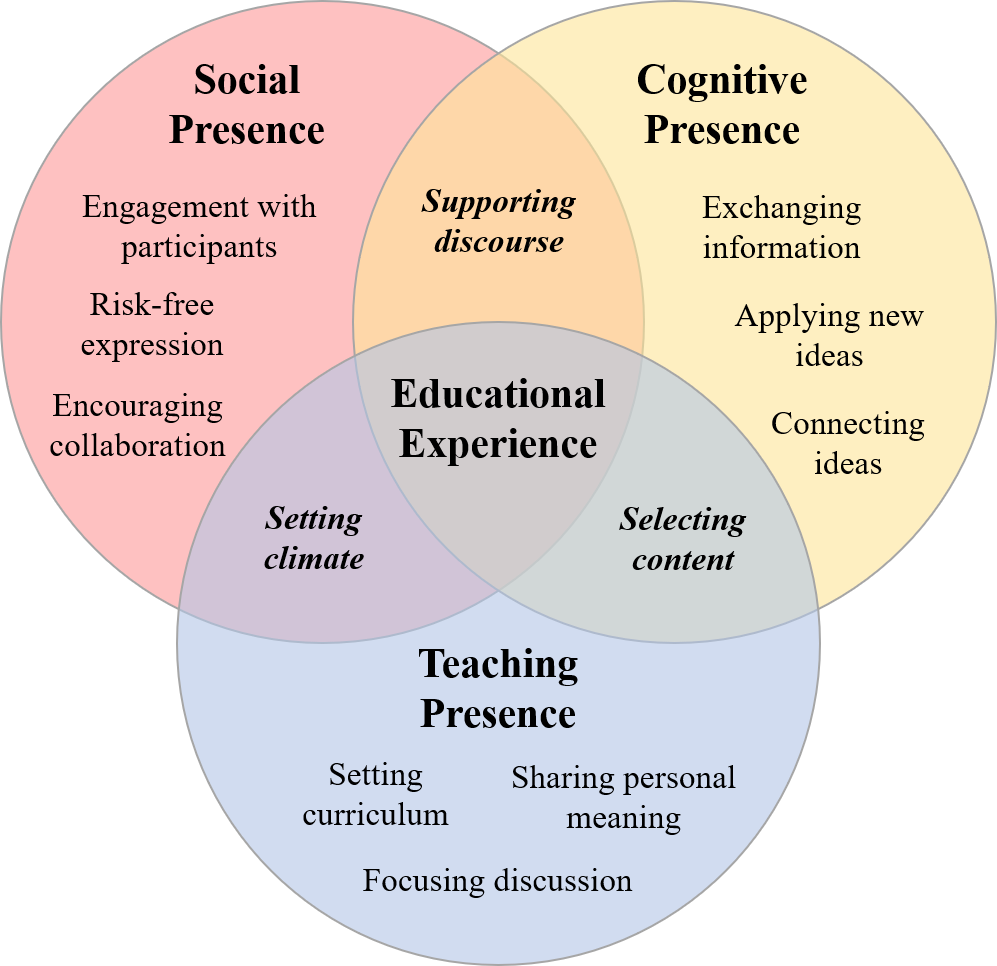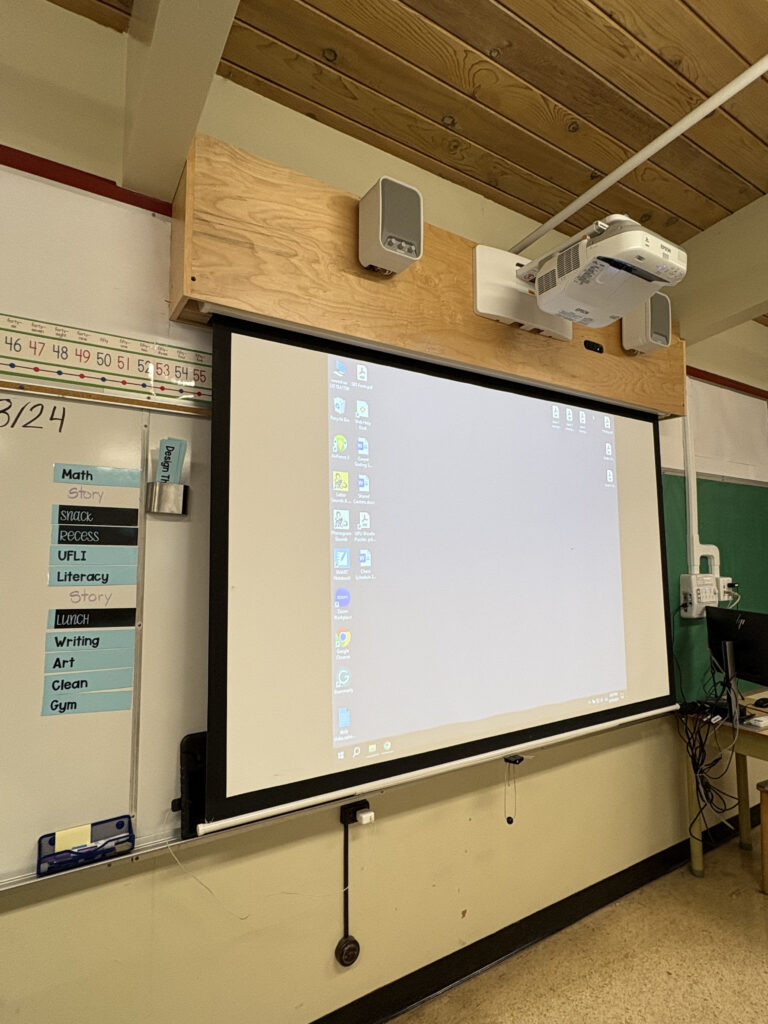Posts in Category: EDCI339 – Distributed and Open Learning
Blog Post #2: Learning Theories in Practice
For this blog post, I chose the prompt that resonated the most with me. As I continue my journey in this course, I’ve been reflecting on learning theories and how they shape the way we engage with knowledge. Constructivism, in particular, stands out as a powerful framework for understanding education in digital spaces.
Constructivism in Online Learning: Creating Knowledge, Not Just Consuming It
The first time I took an online course, I felt disconnected. Without a classroom or in-person discussions, I wasn’t sure how to engage. I submitted assignments, watched lectures, and participated in forums, but something was missing. Then, as I interacted more – reading classmates’ responses, questioning ideas, and applying theories – I realized I wasn’t just absorbing information. I was constructing my own understanding.
This realization aligns with constructivism, a learning theory that sees knowledge as something we build rather than passively receive. Through discussion, reflection, and hands-on application, constructivist learning turns education into an interactive, student-driven process.

Applying Constructivism in Online Learning
So how does constructivism translate into digital learning? From my experience as both a student and a classroom volunteer, three key elements stand out:
1. Interaction and collaboration
One of the biggest concerns about online education is isolation. In my first blog post, I reflected on how face-to-face learning fosters community. However, I’ve since come to appreciate how digital spaces create connection in different but equally meaningful ways.
The Community of Inquiry (CoI) framework (Garrison et al., 2000; Kreijns et al., 2014) highlights three essential components of successful online learning:
- Cognitive presence – engaging critically with ideas.
- Social presence – feeling connected to peers.
- Teaching presence – instructors guiding learning.
When courses integrate discussion boards, peer collaboration, and interactive activities, students engage dynamically, reinforcing the idea that knowledge is something we co-create rather than just receive.
2. Reflection and Low-Stakes Assessments
Blended and online learning work best when they encourage ongoing reflection rather than relying solely on high-stakes exams. Constructivist learning thrives when students:
- Reflect regularly through blog, discussions, or journals.
- Apply knowledge in real-world ways, such as case studies or projects.
Even writing this blog post is an example of constructivist learning – rather than just summarizing theories, I’m connecting them to my experiences and generating new insights.

3. Students as Knowledge Creators
One of the most powerful aspects of constructivism is that students are not just passive recipients of knowledge – they actively create it.
In my volunteer work in a Grade 2 classroom, I’ve seen how digital tools – such as interactive literacy resources and instructional videos – allow students to engage with content at their own pace and take ownership of their learning. This mirrors Online Collaborative Learning (OCL), which encourages students to generate and share knowledge rather than simply absorb information (Bates, 2014: Teaching in a Digital Age: Learning Theories and Online Learning).
In online university courses, this constructivist approach might look like:
- Student-led discussions, where learners pose their own questions.
- Collaborative projects, where students build on each other’s ideas.
- Creative assignments, where learners apply theories to real-world contexts.
This shift – from passive learning to active knowledge creation – is what makes constructivism so effective in digital and distributed education.

How Constructivism will Shape my Teaching
As a future elementary school teacher, I plan to:
- Foster interactive, discussion-driven learning spaces.
- Encourage students to apply knowledge to real-world contexts.
- Use digital tools to support student-directed learning.
- Prioritize engagement, reflection, and meaningful assessments.
In particular, I also now recognize the importance of instructor presence as discussed by Barnes (2020). A well-designed online or hybrid course isn’t just about content delivery – it’s about the teacher engaging students, fostering discussion, and providing meaningful feedback. Without teaching presence, even the best-structured online courses can feel disconnected.
Rethinking “Place” in Online Learning
In my first blog post, I explored how distributed education challenges our ideas of place in learning. “Place Is Differently, Not Less, Important Online” reinforces this, arguing that online learning environments are not lesser versions of traditional classrooms – they are simply different. (Bayne et al., 2020)
Students today learn from anywhere – cafés, dorm rooms, libraries, workplaces. Learning isn’t about being in a physical classroom; it is about connection, interaction, and engagement.

Final thoughts
Looking back – from struggling with online learning to embracing digital and hybrid education – I see how constructivism has shaped my experience. When courses foster collaboration, reflection, and student-driven learning, online education becomes more interactive, engaging, and meaningful.
As both a student and a future educator, I know constructivism will guide the way I teach and learn – because education isn’t about location, but about engagement, reflection, and growth.
Infographics and Resources:


Blog: Reaffirming the core of hybrid learning: pedagogy before technology. https://www.cypherlearning.com/blog/k-20/pedagogy-first-technology-second-the-key-to-successful-hybrid-classes
Blog Post #1
Hello everyone! My name is Kate, and I am currently in my fourth year studying sociology. I am also a prospective elementary education student for the post-degree program at UVIC. I’m excited to be part of EDCI 339, where I hope to explore how distributed and open learning can transform education.

Throughout my academic journey, I have encountered various learning formats, from traditional classrooms to online and hybrid courses. A defining moment for me was the shift to online learning during the pandemic, which was the first time I received education in a long-term online format. Initially, I did not not appreciate how much I valued in-person interactions, such as discussing course content with peers or seeking clarification from professors immediately after class. Five years later, I have come to appreciate the advantages that online, blended, and hybrid courses offer, particularly the greater flexibility. This flexibility allows me to focus more on academic content rather than logistical challenges, such as parking or finding seating, which can hinder motivation. These experiences have depended my interest in the role of technology and how it can continue to shape the future of learning.
In addition to my work and studies, I currently volunteer in a Grade 2 classroom in the Victoria School District. My role includes assisting with spelling, writing and reading practices, checking math workbooks and activities, and helping with various projects around the class and the school environment. The teacher in this classroom uses various digital tools – such as online literacy resources and instructional videos, and self-designed lessons in subjects like math, and science – to create an engaging and inclusive learning environment. I have observed the significant growth in students’ digital literacy, particularly as they use technology to enhance their learning. For example, students who complete tasks from home demonstrate how hybrid and distributed educational models can make learning more inclusive, flexible, individualized learning opportunities, which support my belief that education should be adaptable and accessible to all learners.

What is Distributed Education?
Distributed education leverages digital technologies to provide learning opportunities outside traditional classroom settings. Unlike face-to-face learning, it fosters flexibility by allowing students to access materials and interact with instructors and peers regardless of location. My own experiences with distributed education have highlighted its ability to minimize physical barriers to learning, and provides more control over how and when education is accessed. This flexibility has allowed me to balance coursework with other commitments, illustrating its potential to accommodate diverse student needs.
What is Open Education?
Open education takes accessibility further by offering free and unrestricted access to educational resources. It promotes inclusivity by removing financial and systemic barriers to education. For example, open educational resources (OER) allow students to access textbooks and other materials at no cost, which can be transformative for learners from diverse socioeconomic backgrounds(“20 Years of EdTech”, Martin Weller, 2018). In my volunteering, I have seen firsthand how free digital tools can enhance student learning, promoting inclusivity and reducing disparities in access to educational content.
Modes of Learning and Digital Identity
I’ve experienced a variety of learning modes, including face-to-face, online, blended, and hybrid formats. While I appreciate the sense of community in traditional classroom settings, I find blended learning to be the most effective for me. It offers the best of both worlds: the flexibility of online education and the interpersonal connection of in-person learning. As for my digital identity, I aim to maintain a professional and positive presence online. Whether it’s through LinkedIn or educational platforms, I carefully curate my online interactions to reflect my values and interests. In this course, I look forward to further exploring how digital identity can enhance my educational and professional growth.
Recent Comments